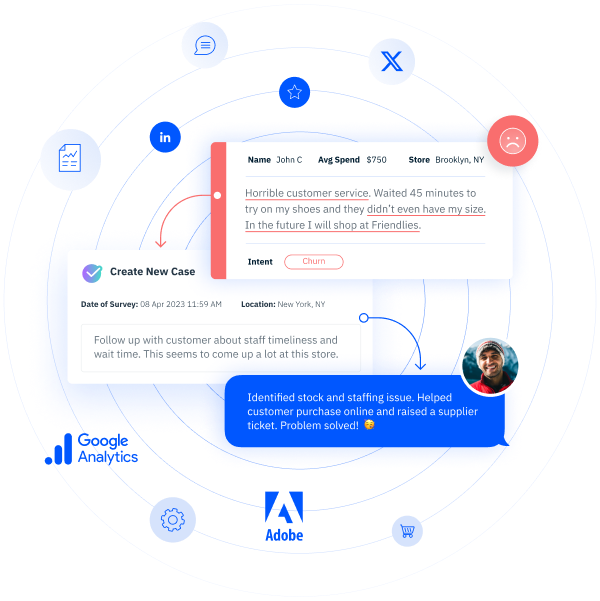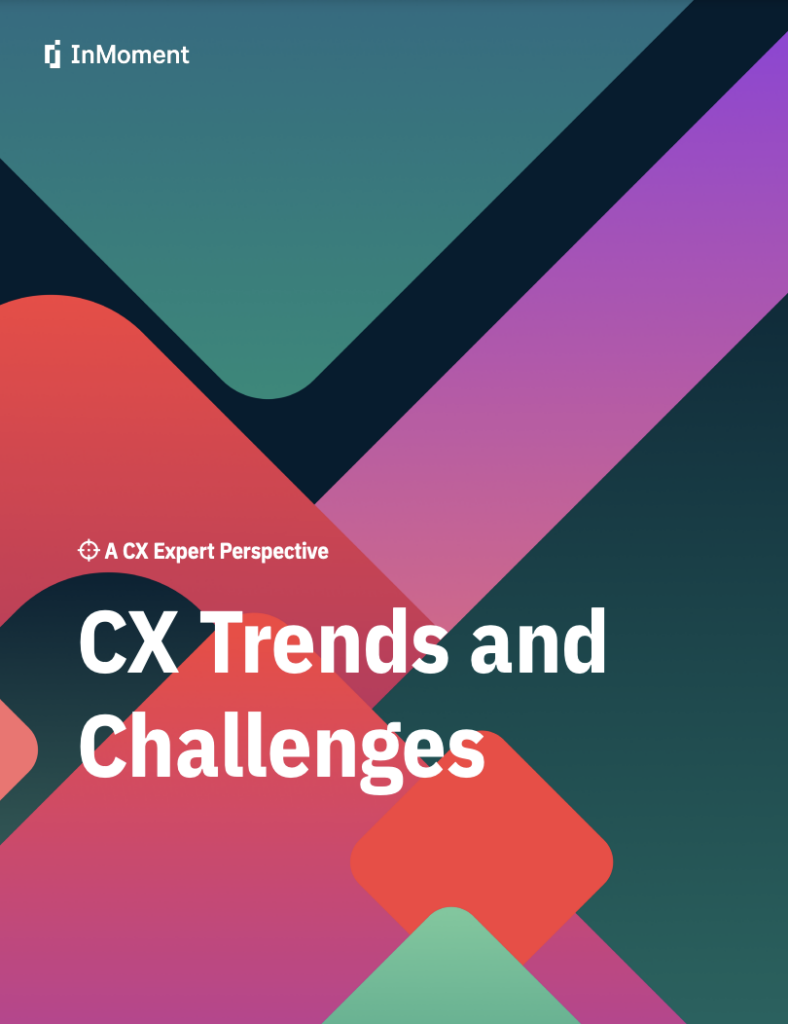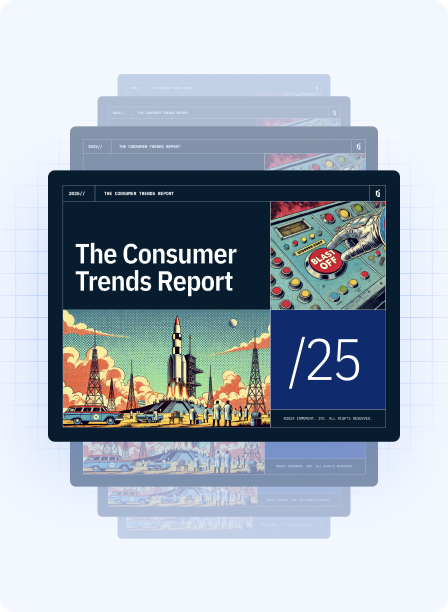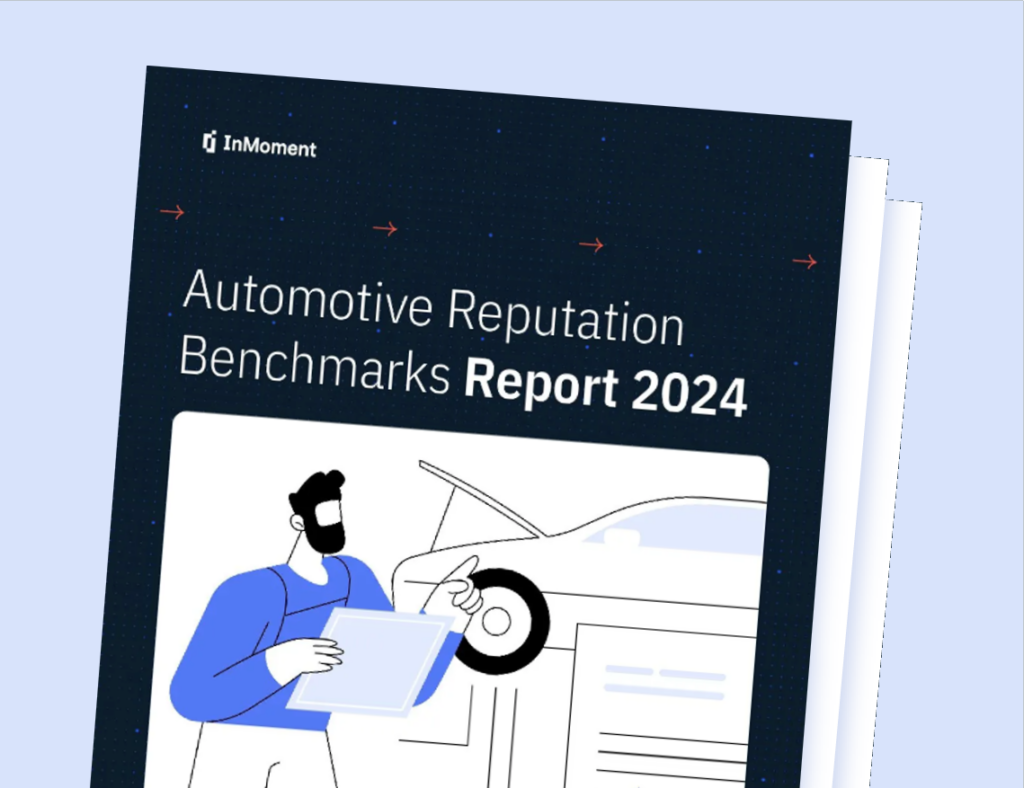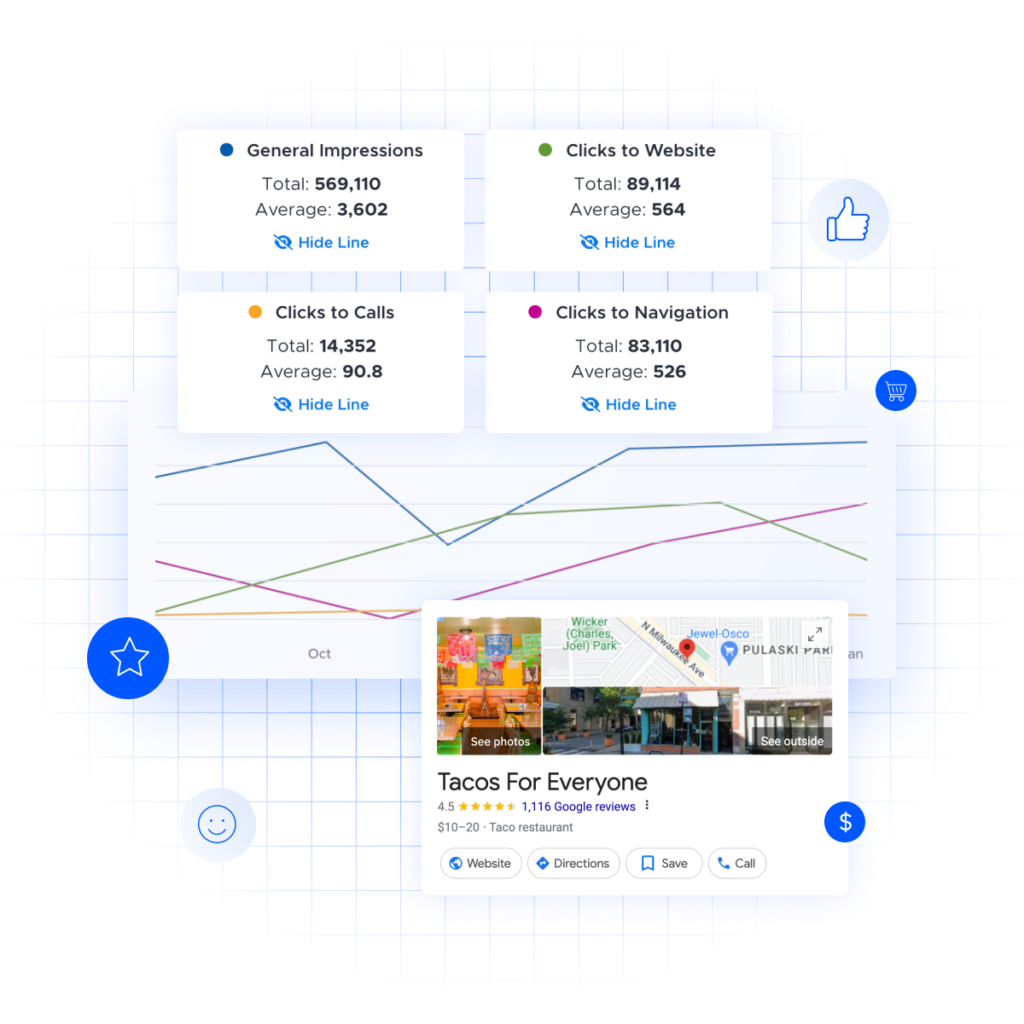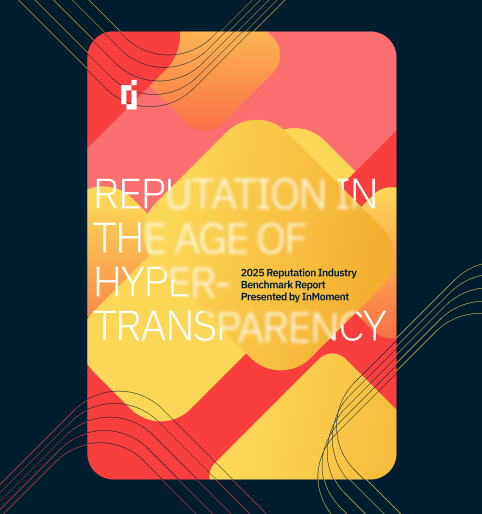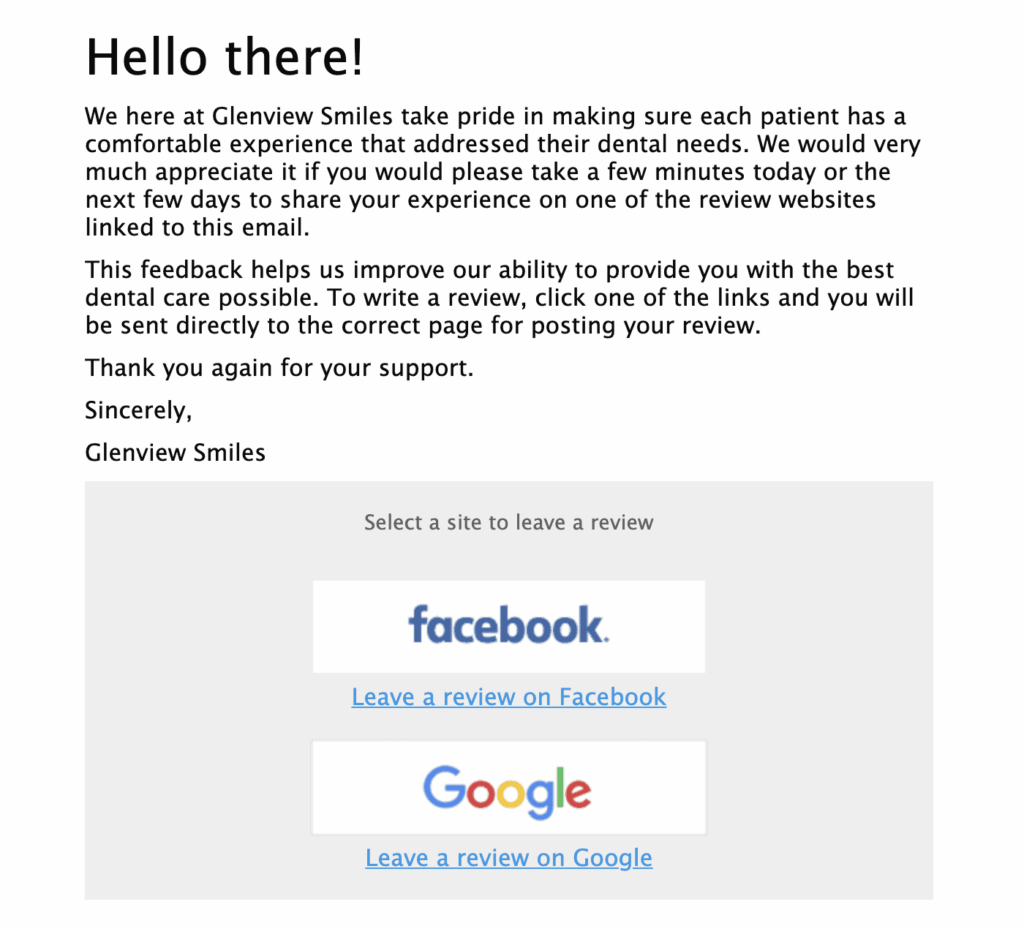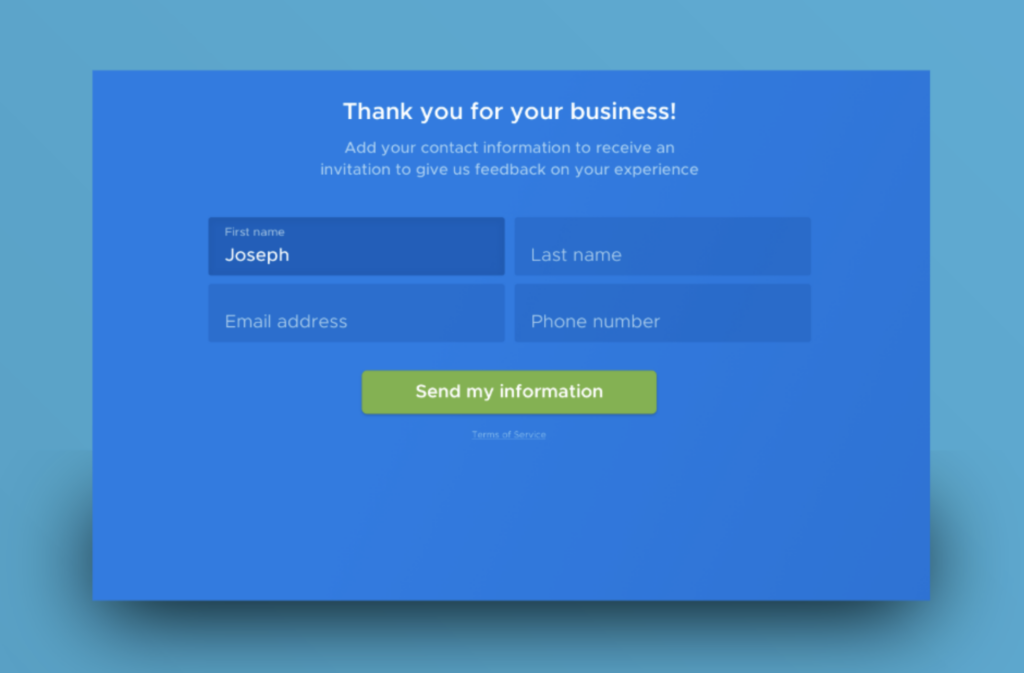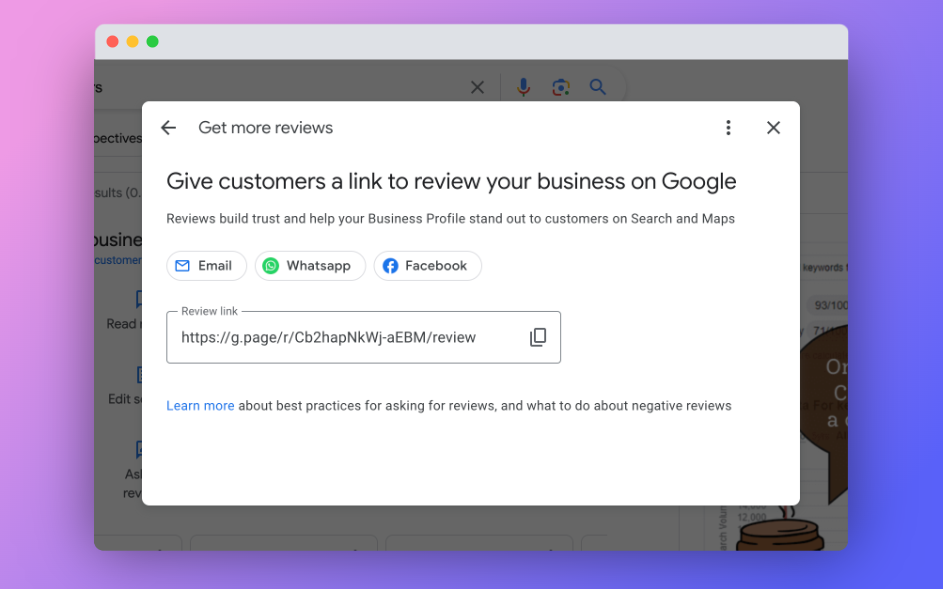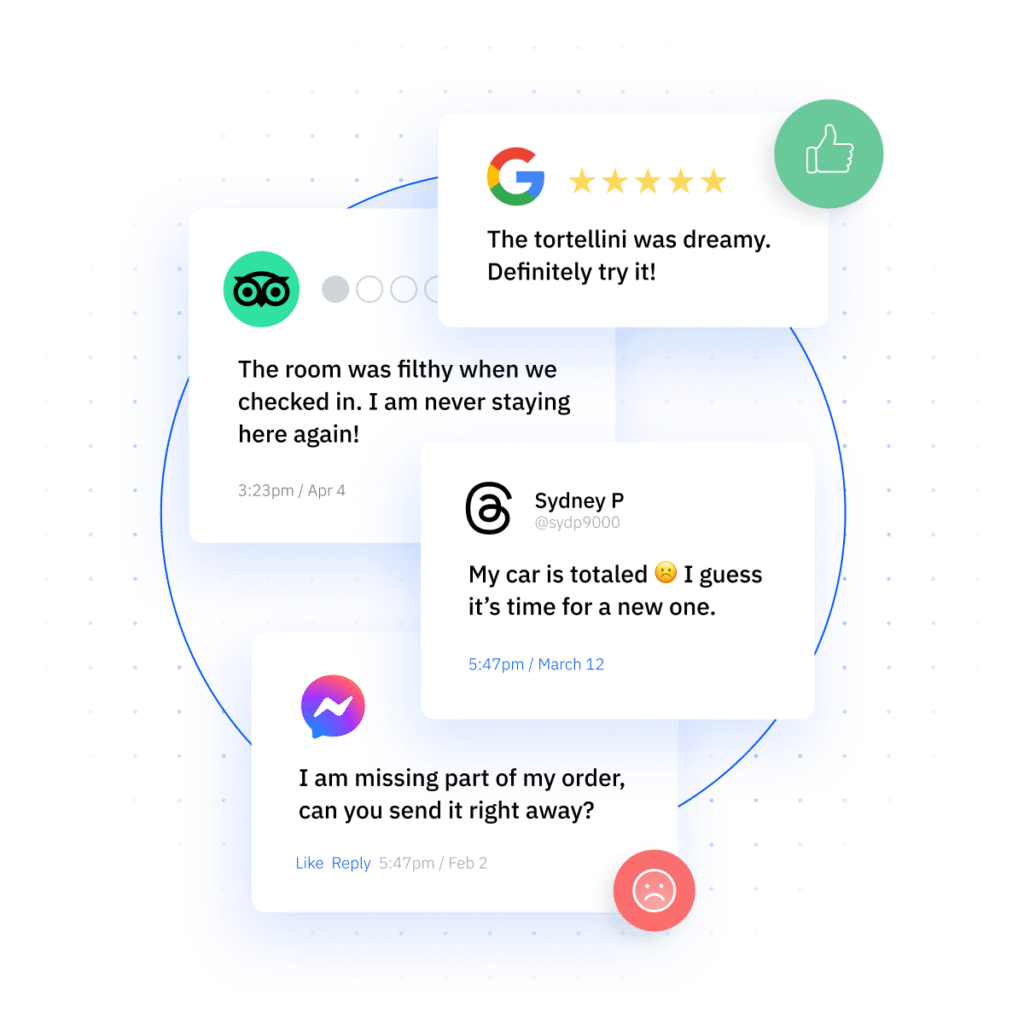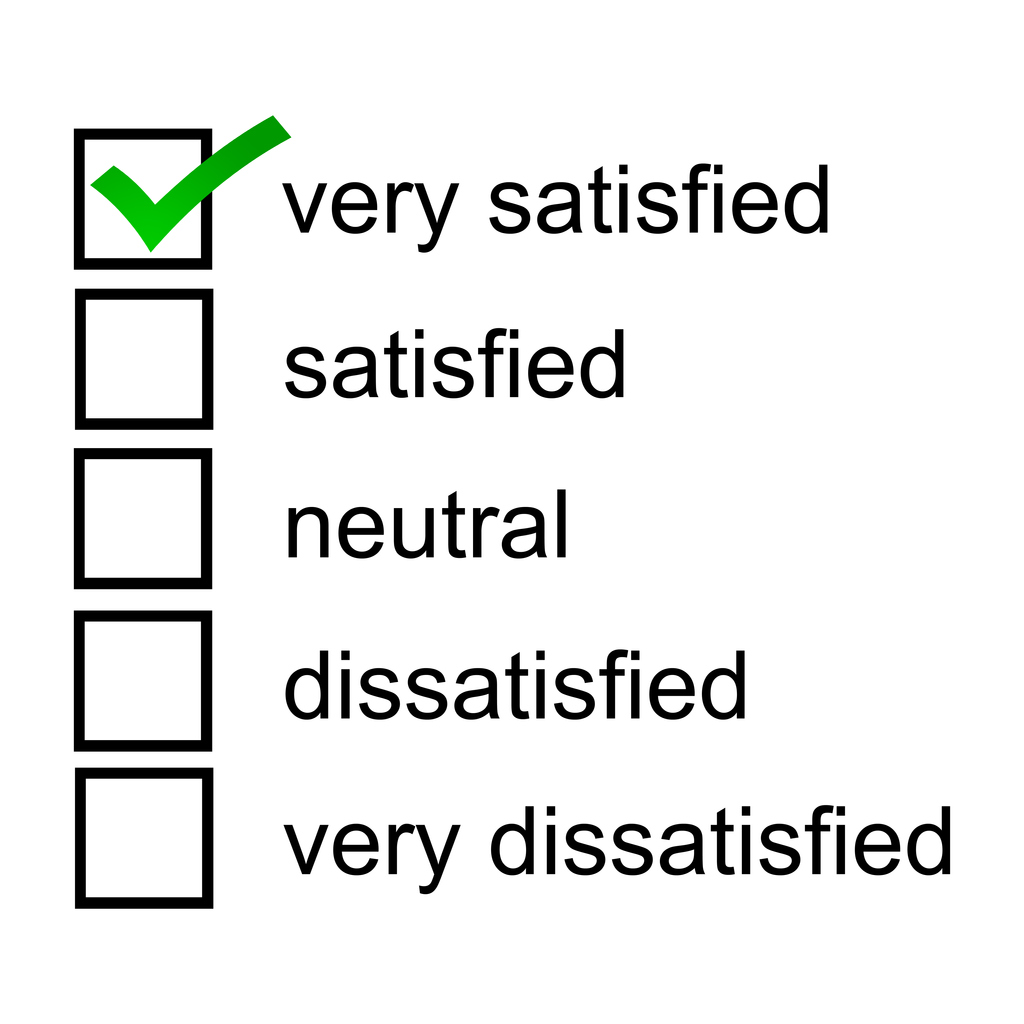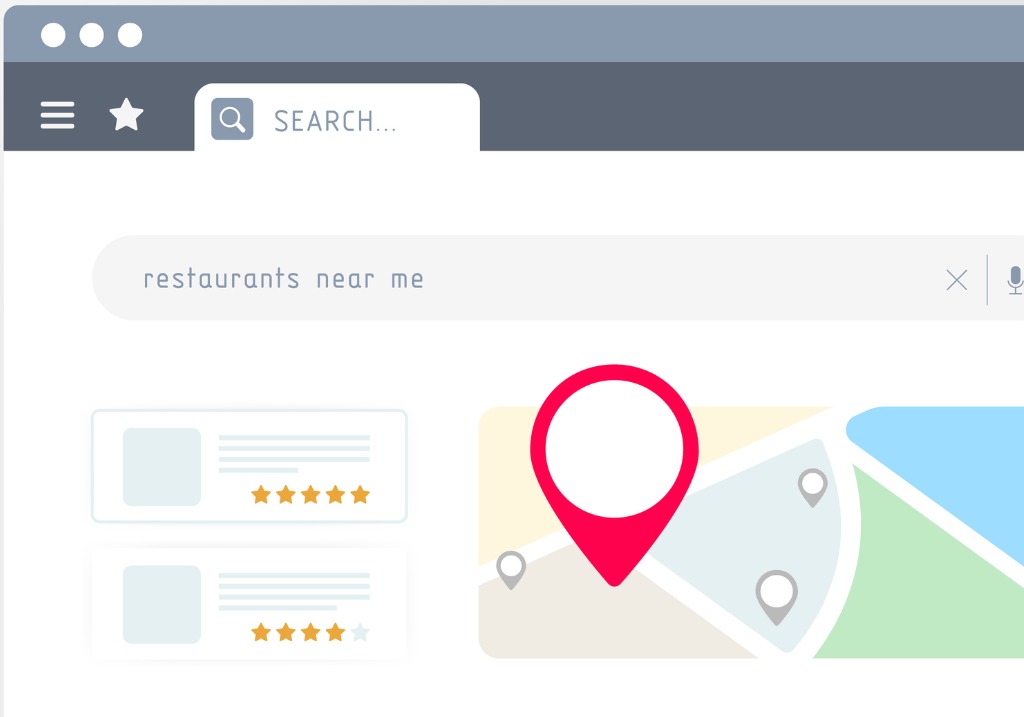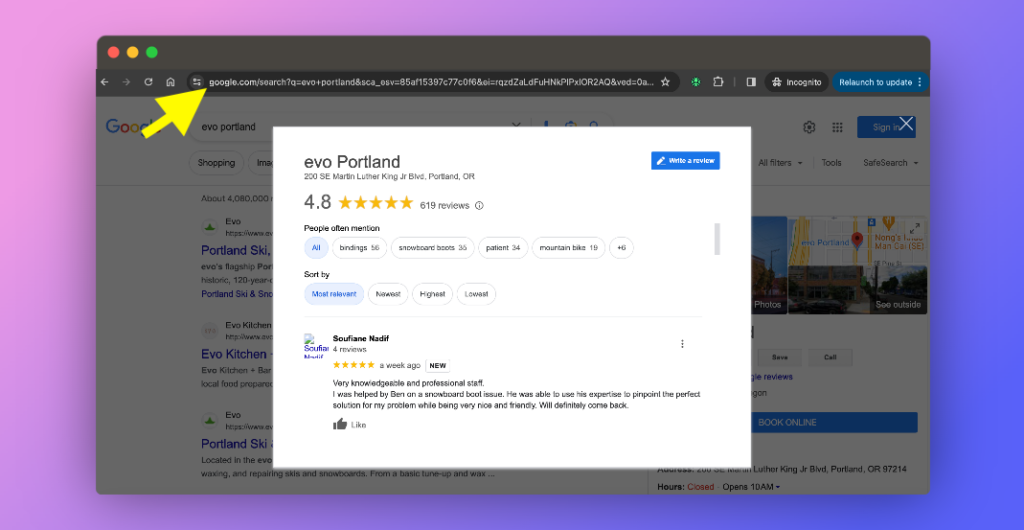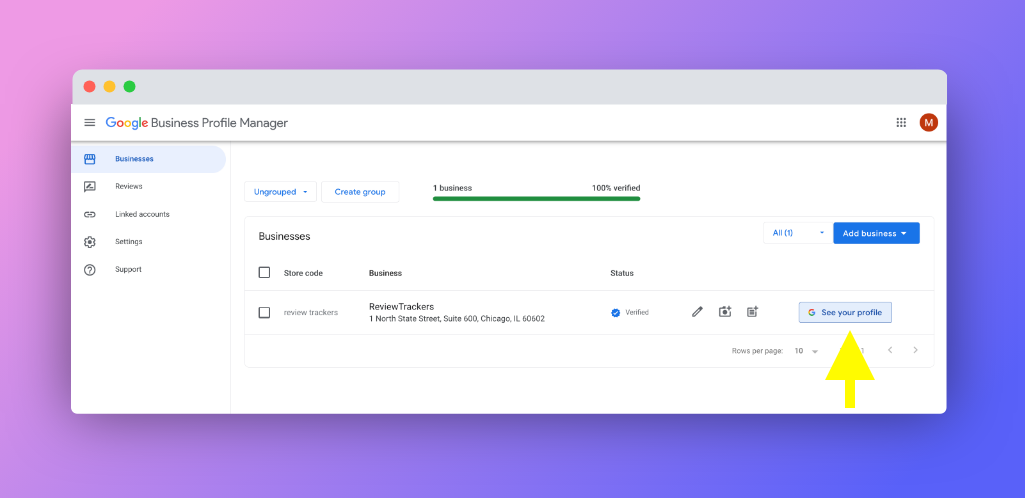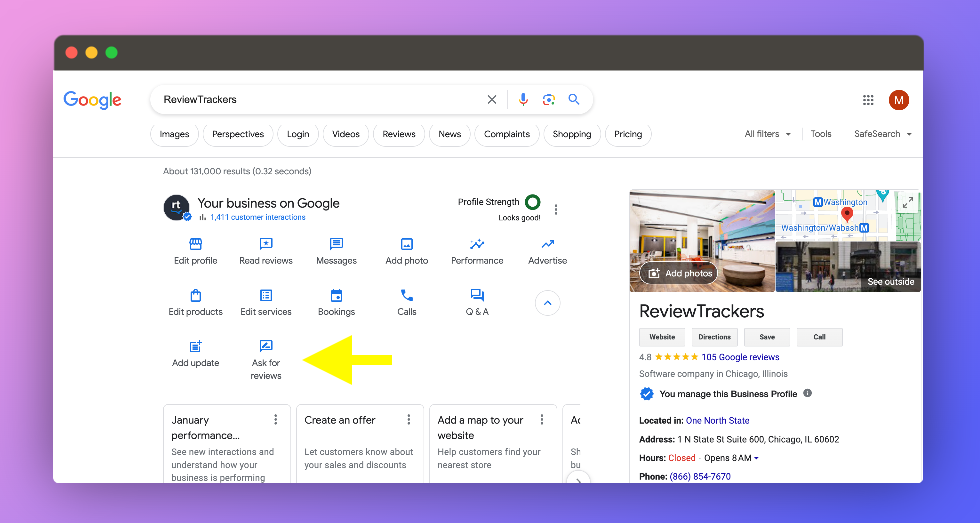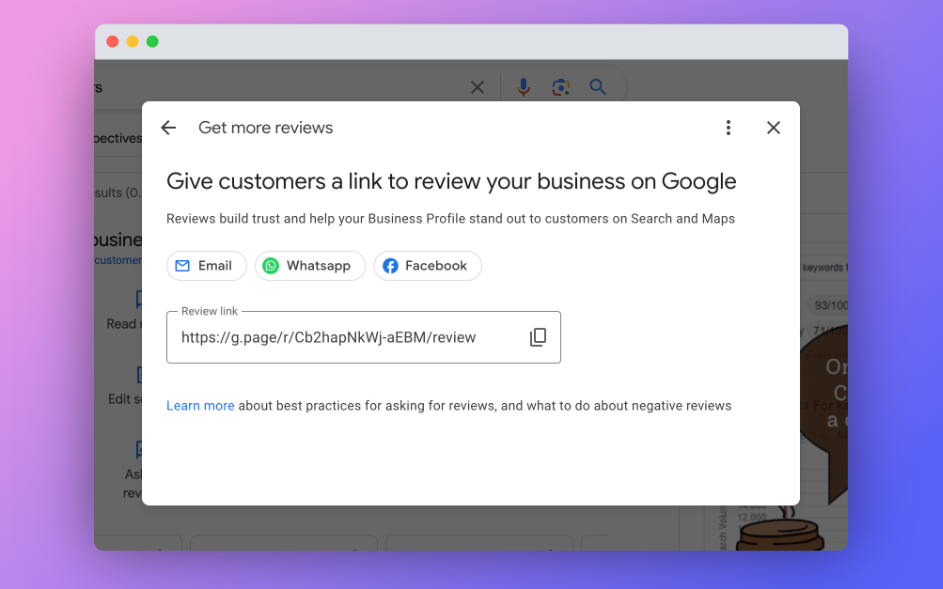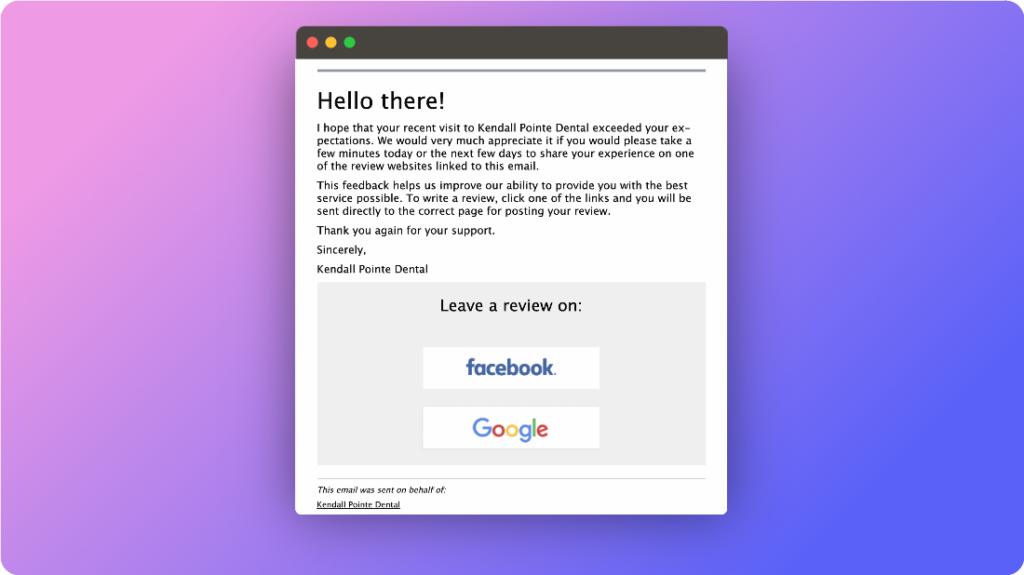
For as long as there has been business, there have been customers. And for as long as there have been customers, businesses have had to prioritize creating a positive customer experience. The customer experience—how buyers feel about their collective interactions with a brand—defines and motivates customer action. It sets the tone for the entire company/consumer relationship. But with the advent of the information age and the communication technologies that support it, a new facet of customer experience has emerged: digital experience.
What Is Digital Experience?
Digital experience (also called digital customer experience or abbreviated as DX) is an extension of traditional customer experience. But where customer experience takes every interaction into account, the digital experience focuses more specifically on those interactions that occur with digital touchpoints. This includes communicating with a brand via social media, making a purchase online, receiving an email or text confirming an order, providing user feedback on online channels, using a company app, operating a digital kiosk or point-of-sale terminal, or even simply visiting an organization’s webpage.
In other words, these touchpoints include a broad range of interactions and are constantly growing to encompass an ever-greater portion of the customer journey. As such, a digital experience is a powerful tool for shaping essential interactions.
Why is Digital Customer Experience Important?
The digital customer experience has become an essential part of the way that consumers navigate the marketplace. It is common for consumers to switch channels multiple times throughout the course of an interaction. They don’t view a transaction as an online experience, a mobile app experience, or a customer service experience, they view it as one continuous experience that they had. Your brand needs to deliver on all fronts in order to create a memorable experience for these customers. Not only will it make your business better, but in the coming years, it will be the only way your business can survive. Let’s get into the details.
Customer Expectations
First of all, customers want and are coming to rely on the digital experience. They have high expectations for a brand’s online experience and use your online presence and quality to gauge how trustworthy your brand is. They need and want websites that are easy to navigate, have quick load times, and offer a personalized experience.
Competitive Advantage
Creating a unique and positive digital experience helps brands set themselves apart from competitors, too. When people start shopping for something, like say a new pair of headphones, they are going to first go online to see what is available to them, research pricing, and compare brands. Your brand has to have an online presence to be a competitor, and if you want customers to actually choose your product or service, you need to have a robust and thoughtful digital customer experience.
Being online with your business evens the playing field; having a great digital customer experience puts your brand on top. Customers will go with well-designed websites, brands that pay to be more visible through SEO efforts, companies with helpful and high-ranking content, and services with plenty of customer reviews and other types of social proof. If you want your company’s services to rise to the top, then you need to provide a seamless, engaging, and robust digital customer experience that will make consumers choose you over other competitors that are just one click away.
Brand Reputation
A good digital customer experience is critical to a brand’s reputation. Word spreads fast in the age of social media and a bad digital experience can hurt a brand’s reputation. The better customer experiences your consumers have, the more you can fortify your brand reputation. This means prioritizing positive interactions with products and services, engaging with people online, implementing customer feedback, and more. From the first ad or social media content a customer engages with to the checkout button on your website, the digital customer experience is what shapes your presence online and ensures that your brand reputation is protected.
A well-designed digital experience can increase customer engagement and interaction with a brand. Interactive features, personalized content, and social media integration can foster meaningful connections and encourage customers to actively participate and share their experiences with others.
InMoment’s digital experience software can help lay out a well-designed online experience that increases site conversions, identifies web experiences that impede user interactions, and ultimately creates a higher customer lifetime value.
Factors that Impact Digital Experience
Because digital experience is an extension of customer experience, it is shaped by many of the same factors. These include the following:
- Usability
How much effort does the interaction demand on the part of the user? Is the digital interface intuitive, or are there areas where a user might become confused or frustrated? - Availability
Does the touchpoint conform to user time demands? Is it accessible when the user needs it? - Performance
What kind of time commitment does the touchpoint represent? Does it load quickly? Is it responsive to user commands? - Achievement
How well does the touchpoint help the user achieve their goals? Do they come away from the experience feeling as though it was successful? - Pain Points
Are there any errors, non-functioning components, frustrating interactions, or other hurdles standing in the users’ way as they attempt to interact with the touchpoint? - Emotion
How did the customer feel about the interaction overall? Would they consider it positive, or was it a negative experience?
Taken together, each of these factors points toward a single element vital to digital experience: seamlessness.
Why Is It Important to Offer a Seamless Digital Experience?
As previously addressed, the number of digital touchpoints a customer may choose to interact with is constantly growing. And as digital communications channels continue to supplant traditional ones, even the most basic of interactions will soon depend at least partially on digital technologies. Perhaps even more relevant is the fluidity with which customers now transition between channels. The customer journey is no longer a single, straight path; it’s a complex web that must coalesce every digital channel into a unified experience.
But as intricate as these new journeys may be, it is essential that this increased complexity not get in the way of the customer’s ability to accomplish their goals. Users aren’t interested in the differences between channels or the specific challenges associated with digital interactions — they simply want to make a purchase or investigate a solution, and they will use whatever channels are most convenient to them at that moment.
With this in mind, the importance of offering a seamless digital experience becomes much clearer. Customers don’t want to restart (or even slow down) their journey simply because they decided to jump on their smart device or transition to a social platform. They crave consistency, efficiency, and flow, and any interruption is an unwanted intrusion.
What does this mean for businesses? It means that no matter how or where a customer decides to make contact, they should ultimately encounter the same, seamless experience where they can resume their journey without having to reconstruct the path.
Of course, while meeting customer goals and fulfilling their expectations is a worthy objective in and of itself, the right approach to digital experience also carries with it a number of business advantages:
- A seamless digital experience provides increased opportunities for gathering customer data and user feedback. By expanding on digital touchpoints and incorporating online channels smoothly into the customer journey, you not only give a voice to those who might otherwise go unheard, but you also exponentially increase the amount of user data available to apply toward marketing, sales, and overall company strategy.
- Digital interactions are more than just another way to connect with a business — they’re the most popular way. Unmatched in terms of convenience and capability, digital channels are the preferred method, a position that has only become more stable following the COVID-19 pandemic and subsequent lockdown. Today, 8 in 10 consumers (or 81%) plan to increase or maintain their online usage even after COVID restrictions have been fully lifted. Improving the digital experience, therefore, is more important than ever for companies that want to meet customers on their terms.
- You might not suspect this from the flood of advertisements that clog news feeds and interrupt television programs, but traditional advertising is not as effective as it once was. In fact, Forbes reports that a staggering 96% of people are distrustful of ads. A positive digital experience, on the other hand, gives companies a more direct and less suspect avenue for engaging potential buyers. Instead of telling customers what they should do, the organization becomes a trusted partner working with the consumer to reach a satisfactory solution.
- The days when customers would accept subpar digital experiences are long gone. Today’s buyers expect seamlessness, consistency, and personalization when they interact with businesses online. Simply put, the bar has been raised, and those businesses that fall short in the digital experience department are likely to be left behind. Brands with higher user satisfaction rankings for at least three years grow revenues 2.5 times faster and deliver up to 500% more shareholder returns over the following decade.
Each of these advantages leads to and reinforces the same outcome: Increased revenue and improved ROI on customer-facing initiatives.
What Factors Make a Good Digital Experience?
Most businesses agree that a positive digital experience is essential. Still, there’s a big difference between recognizing the importance of a good digital experience and knowing how to provide one. Here, we highlight several elements intrinsic to meeting and surpassing customer expectations online:
Making Omnichannel Your Top Priority
Creating an omnichannel customer experience may be the biggest factor determining the success of any modern digital experience plan. But effective omnichannel doesn’t happen on its own; it takes dedicated planning and constant refinement to ensure that every channel is connected, consistent, and capable of providing a seamless user experience. Standardize your brand presence and pick up the thread of the customer journey regardless of when, where, or how your customers reach out.
Following Up on Customer Feedback
Customer feedback is essential to improving the digital experience — if something is failing to meet expectations or if a change significantly improves the experience, the customers are the ones who can give you the most objective reports. So, when they come to you to discuss the situation, don’t let it hang in the air. Follow up on every piece of customer feedback. This may be particularly important when addressing negative issues; working together to resolve concerns and then reaching out afterward to make sure that the customer is satisfied can help turn a potentially bad experience into a good one.
With InMoment, getting and analyzing customer feedback has never been easier. Our customer experience platform gives you the ability to collect the strongest signals, generate the richest insights, and drive the smartest actions.
Investing in Long-Term Success
Digital experience is big. The touchpoints it includes are many. The possible ramifications are extensive. On the other hand, this means that seeing the results of any changes to or investments in your digital experience strategy can take time. Make sure that you and any stakeholders within the company are aware of this fact, and that everyone involved has the correct long-term mindset.
Being Transparent with Customers
Business earnings aside, those who benefit most directly from improved digital experience are the customers. As you invest in smoothing out their journey, don’t be shy about sharing. Tell your customers what you’re doing and why. Communicate with them and let them know how a feedback loop is helping optimize their experience. Above all, treat your audience as a partnership; when customers feel like they have a more active role in the business, they become invested in the success of the brand.
Breaking Down Silos
Providing a good digital experience demands buy-in and coordination throughout your entire organization. This requires unrestricted access to relevant information, which simply is not possible when departments and tools are siloed. Data and communication silos are the natural enemies of centralizing and optimizing the customer digital experience—if you’re going to work toward omnichannel, those silos will have to go.
Improving Constantly
The digital landscape is constantly evolving—your strategy needs to evolve along with it. Always be on the lookout for areas where you could be improving. This means collecting customer feedback and analyzing customer experience metrics, but it also means trying new layouts and approaches and charting their effectiveness in terms of helping the buyer achieve their goals. This will give you the insights you need to keep your strategy moving forward.
Features to Improve Your Digital Customer Experience
While it is important to invest in long-term success, be transparent with customers, and break down silos, there are also some technical aspects that need to be addressed to ensure that you are actively working to improve your digital customer experience.
Intuitive Interface
A user-friendly interface that is easy to navigate and understand can significantly enhance the digital experience. Make it easy for customers to find what they are looking for and answer their questions with little effort. If your website looks, feels, or moves in a clunky or confusing manner, people won’t even become frustrated—they will simply leave and head to a website that is easier to navigate. Clear navigation, consistent design elements, and logical layouts contribute to ease of use.
Tip: Try providing a searchable database for FAQs and helpful resources and make sure your navigation bar offers the right shortcuts and links that will address your consumer’s pain points. Make sure checking out is easy and logical and that consumers know exactly what they are getting by engaging with your brand.
Responsive Design
Ensuring that the digital platform works seamlessly across various devices and screen sizes improves accessibility and usability. Responsive design adapts the layout and functionality to provide an optimal experience on smartphones, tablets, and desktops.
Fast Loading Times
Slow loading speeds can frustrate users and lead to abandonment. Optimizing performance through efficient coding, content delivery networks (CDNs), and image compression can improve loading times and overall user satisfaction.
Accessibility Features
Making the digital experience accessible to users with disabilities is essential for inclusivity. Features such as screen reader compatibility, keyboard navigation, and alt text for images enable individuals with diverse needs to access and interact with the platform.
What Factors Get in the Way of a Good Digital Experience?
Unfortunately, there are a lot of hurdles that can trip up an otherwise positive digital experience. Here’s a list of some of the most common that you will need to watch out for:
- Confusing user interface (UI)
- Content not optimized for mobile screens
- Difficult or non-intuitive navigation
- Difficulty resolving support requests
- Distracting pop-up messages or advertisements
- Hidden fees or other unexpected costs
- Illegal or secretive data collection practices
- Improperly coded input fields
- Inconsistent brand voice between channels
- Delayed responses to queries
- Lack of payment options
- Language barriers
- Lost or delayed orders
- Poor web performance
- Scrolling issues on mobile devices
- Touchpoint outages
- Unfriendly or unhelpful brand representatives
- Unwanted or overly frequent email or text messages
Obviously, this is not an exhaustive list, which is why it’s so important to be open and responsive to customer feedback. Your customers will tell you where the journey runs into problems. Then it’s simply a matter of revising the digital experience to meet the users’ expectations.
How to Measure Digital Customer Experience
In order to measure the success of your digital customer experience, you first need to decide on the metrics that matter the most to your business. By aligning digital customer experience metrics with overarching business strategies, your organization can ensure that your measurement efforts are not only meaningful but also actionable. For example, if you are prioritizing customer retention, you may focus on metrics such as customer lifetime value, repeat purchase rate, and Net Promoter Score (NPS) to gauge the effectiveness of your digital interactions in fostering long-term loyalty and advocacy.
Moreover, as digital customer experience continues to evolve, you must remain agile in your approach to measurement, regularly reassessing and refining your chosen metrics to adapt to changing market dynamics and consumer preferences. By adopting a data-driven mindset and leveraging insights gleaned from these key performance indicators, organizations can iteratively enhance their digital strategies and deliver exceptional experiences that resonate with customers and drive sustainable growth.
What A Great Digital Customer Experience Looks Like in Action
A great digital customer experience seamlessly blends various elements to create a harmonious interaction. In a perfect world, the customer accesses a digital platform that has an intuitive and easy-to-use interface, the experience feels tailored to them, and their experience is consistent across channels.
To exemplify what a great digital customer experience looks like, let’s look at a guest’s experience with a hospitality brand. The guest visits the hotel’s mobile website or app to book a room. The interface is user-friendly, with clear descriptions, images, and pricing. The guest receives personalized recommendations based on their preferences, such as room type, amenities, and location.
After booking, the guest receives a confirmation email or message with all the details of their reservation. They also receive a pre-arrival guide with information about the hotel, local attractions, and transportation options.
Upon arrival, the guest can choose between traditional check-in at the front desk or using a mobile check-in feature on the hotel’s app. If they opt for mobile check-in, they receive a digital room key on their smartphone, allowing them to bypass the front desk and go straight to their room.
In their room, the guest finds a personalized welcome message on the TV screen or a digital tablet. If the guest needs assistance or recommendations during their stay, they can easily reach out to the hotel’s virtual concierge through the app or website.
This experience represents an experience where the business met the customer where they were and did everything to accommodate their various needs and travel references. When creating a digital experience for your brand, keep in mind the different ways in which customers may want to engage with you, and be sure to set up your customer experience program to account for that.
Why Do You Need A Digital Customer Experience Strategy?
A digital customer experience strategy is a must-have for organizations that are looking to increase customer acquisition and retention. Customers increasingly prefer to interact with businesses digitally, whether it’s through websites, mobile apps, social media, or other online channels. As a matter of fact, 74% of customers expect any service that would be available in person or over the phone to be available online.
A well-executed digital customer experience strategy can differentiate a business from its competitors by delivering exceptional experiences that delight customers and keep them coming back. Furthermore, The quality of a business’s digital customer experience directly impacts its image and brand reputation. A positive experience can enhance brand perception, increase customer trust, and generate positive word-of-mouth referrals.
A digital customer experience strategy also offers businesses the flexibility to adapt quickly to changing market conditions, customer preferences, and emerging technologies. This enables businesses to stay agile and responsive, ensuring that they can pivot and evolve to meet evolving customer needs.
How to Improve Your Digital Customer Experience Strategy
If you already have a digital experience strategy, then you are on the right track. However, these strategies are not a one-and-done thing. They need to be continuously monitored and improved in order to realize the best results for your business. Here are some things you can do to improve your digital customer experience strategy:
- Data-driven Insights: Leverage data and predictive customer analytics to gain insights into customer behavior, interactions, and engagement across your digital touchpoints. You can use these insights to identify and prioritize areas of improvement.
- Optimize the User Experience (UX): No matter your product or service, you will not succeed. You can optimize the user experience of your digital platforms by conducting usability tests, A/B testing, and user research.
- Create Personalized Experiences: By leveraging customer data and insights, businesses can deliver tailored content, recommendations, and offers that resonate with individual customers. This can be achieved through techniques such as dynamic website content, personalized emails, targeted advertising, and product recommendations based on past behavior. The goal is to make customers feel understood and valued, leading to increased engagement and satisfaction.
- Employee Training and Engagement: It is important to invest in training and empowering employees to deliver results. Ensure that frontline employees are knowledgeable about digital platforms and best practices for engaging and assisting customers across digital channels.
By following these steps and fostering a culture of continuous improvement, your business can enhance the existing digital customer experience strategy to deliver exceptional experiences that drive customer satisfaction, loyalty, and business growth.
Make Every Customer Experience an Omnichannel Experience
Digital devices, channels, and expectations are growing, and will likely continue to do so for the foreseeable future. As such, the line that once separated customer experience from digital experience no longer exists. Instead, the modern customer journey is all-encompassing — an omnichannel experience to help ensure a streamlined and supportive customer journey for every buyer. By optimizing the digital experience, you’ll be setting the groundwork for satisfied customers and improved returns for your business.
Want to learn more about digital experience transformation and how your organization can develop a successful digital strategy? Access Your Digital Experience Transformation Roadmap ebook and if you’re ready to take the digital experience further than ever before, book a demo with InMoment today!
References
Fullstory. Investing in your digital experience matters: 3 takeaways from our consumer survey. (https://www.fullstory.com/blog/digital-experience-consumer-survey/). Access 3/12/2024.
Forbes. 7 Reasons People Hate Your Ads And What Do About It. (https://www.forbes.com/sites/avidan/2022/06/27/7-reasons-people-hate-your-ads-and-what-do-about-it/?sh=6110612a4eaa). Access 3/12/2024.
Harvard Business Review. Are You Undervaluing Your Customers? (https://hbr.org/2020/01/are-you-undervaluing-your-customers). Access 3/12/2024.
Salesforce. State of the Connected Customer Report. (https://www.salesforce.com/resources/research-reports/state-of-the-connected-customer/). Accessed 3/21/2024.
